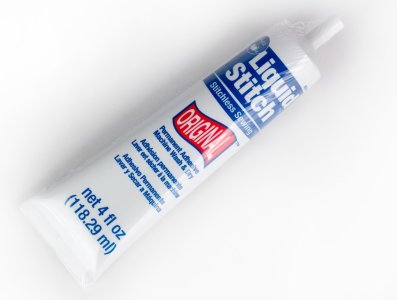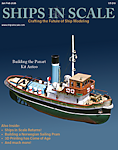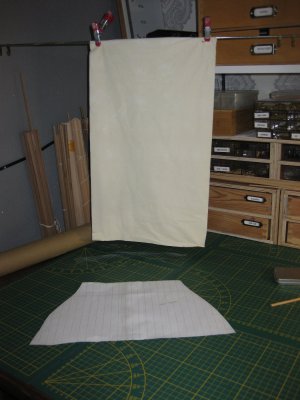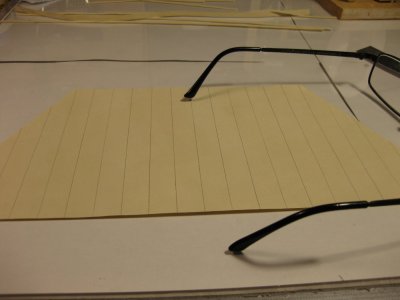I think the testing is over. And I have found a favourite to glue the bolt rope to the sail.
I had first used wood glue from Pattex wood glue 3D €2.99 Action (which is a discount shop in some parts of Europe), which I diluted slightly to glue the bolt rope to it. Processing went well and the iron on after gluing to make it adhere quickly.
Advantages: it leaves few marks and these can still be removed well before the glue has hardened. (within the hour)
Disadvantages: it comes off quickly if you get the sails wet and want to deform. Fine for domed sails but not for salvaged sails as it is less flexible than the following glues.
Next glue was Cre-ation textile glue from the Action. Great glue to work with and also dries quickly with the iron.
Advantages: Adheres well and you don't have to put the body against it in 1 go. Remove leftovers quickly before curing. Stays on reasonably to well with wetting (if cured properly) And dries invisibly.
And the price is an advantage. €0.99 for a bottle!!!! More flexible than wood glue.
Disadvantages: actually none.
Bison textile glue. We will soon forget about that one. Nice stuff for gluing a piece of fabric to your jeans, but not suitable for what we do. It's a contact adhesive and that means you have to lubricate both parts, leave to dry and then join them together. That doesn't work. €7.19 at the Hubo (hardware store)
And my favourite is still the ‘Pattex 100% repair gel’ and is also available at the Action for only €1.98 which is a benefit. The Liquid stitches which comes from the US costs €19.95 and from what I understand it is similar to the Cre-ation textile glue. Which are derived from the PVA glue with different composition. (PVA is white wood glue)
The repair gel is transparent and behaves a bit like apple syrup. It does not thread and you can apply it with a small spatula to the edge of the sail just fine and then push the bolt rope against it. If you do this in sections, it can be done very securely and without too much glue residue that might be visible. It is very flexible after a day of drying however, like the Cre-ation, it does sometimes let go after water and fumbling. However, you can fix this just fine when it dries again with this glue. Be careful though, as the stickiness is quite a thing. You'll be stuck with sticky fingers or material in no time, soiling your sailcloth is possible if you're not careful.
The flexibility makes this my favourite for furled or secured sails.
I will also use the Cre-ation for full sails, partly because of the less mess. Both adhesives are equally strong, which makes little difference. The difference is in processing and flexibility. But also price. The gel is only 8 ml while the Cre-ation is 100 ml.
I am now making all the sail cloths. First cut the Japanese paper to size, then painting and drying piece by piece And then making a sail.
One is ready and now there are a few more to go. That will take me a while.
These are pictures of the actual sails. No more testing.
View attachment 512911View attachment 512912View attachment 512913
And as I mentioned earlier, I will not paint them all in the exact same colour but by mixing some titanium white underneath with each one. Will I render each sail in a different tone of colour.

 )
)




 . Cheers Grant
. Cheers Grant












